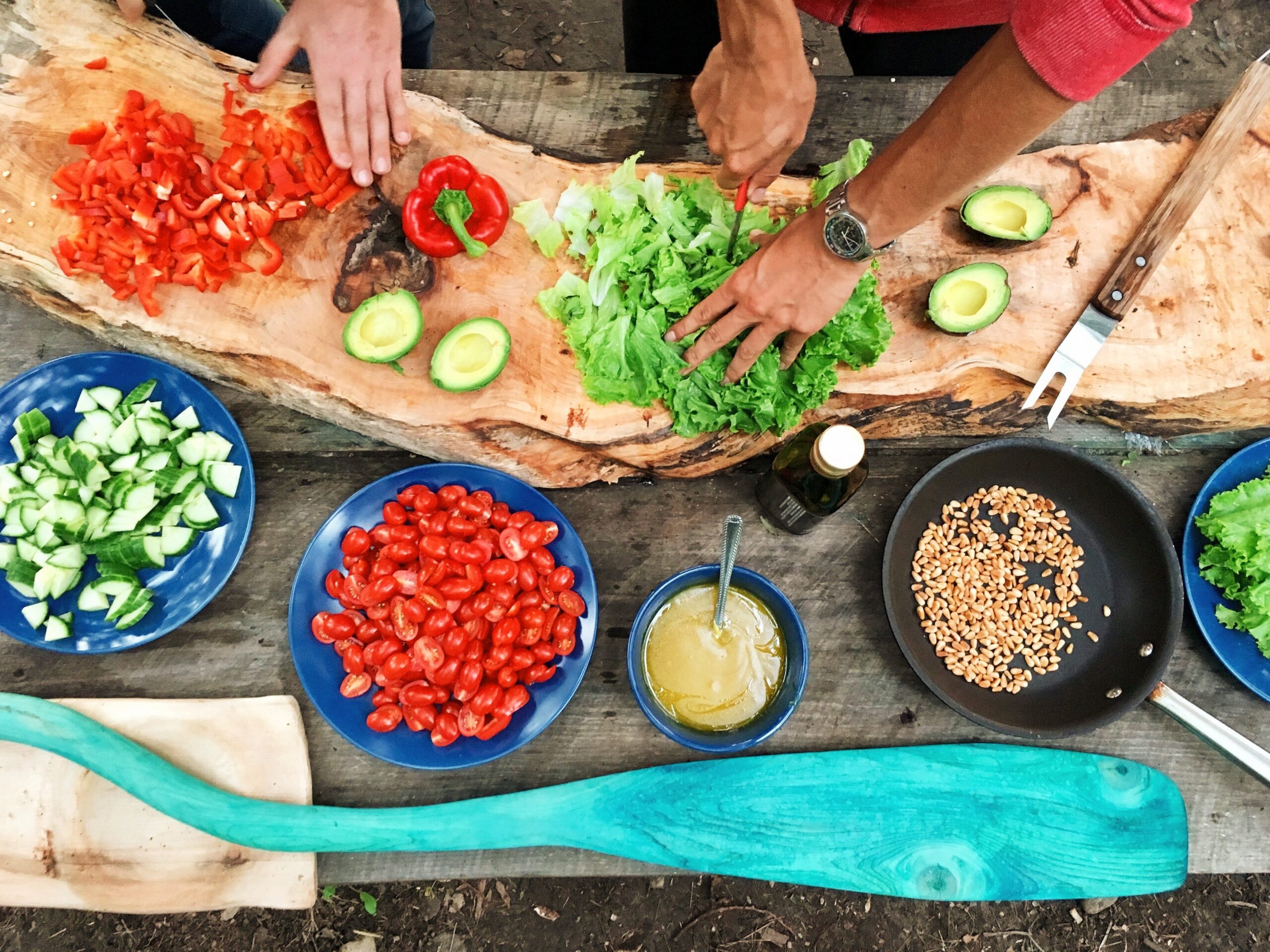Promoting Safe and Supportive Schools for First Nations’ Children with Diabetes
Posted on November 6, 2023
November is global diabetes awareness month across the globe, with World Diabetes Day being acknowledged on November 14th.
First Nation people living in First Nation communities have a rate of diabetes that is three to five times higher that any other Canadians. This ratio also includes children. A number of factors contribute to prevalence of diabetes in First Nation Children including:
- Inequities in social determinants of health
- Impacts of systemic racism
- Intergenerational trauma
- Genetics

The goals of educators in relation to First Nation children with diabetes in community schools are inclusion, promoting a healthy learning environment, and promoting healthy community, through staff professional development and adherence to healthy practices that provide a safe and supportive learning environment.
Managing both type 1 and type 2 diabetes is essential for short-term and long-term health benefits. Managing diabetes in schools includes promoting awareness of diabetes and encouraging a healthy lifestyle with good foods and exercise. Including healthy traditional foods in diabetes awareness and in-school events helps maintain the cultures within the First Nations’ communities.
Educating both staff and families on the signs of diabetes and the difference between genetic diabetes (type 1) and acquired diabetes (type 2) is beneficial for creating a supportive school and community inclusive of children living with diabetes. Children with diabetes can participate in most of the same activities as their peers. However, extra monitoring may be required. A series of free, short, educational videos about supporting and providing safe schools for children with diabetes are available at www.diabetesatschool.ca
References
Indigenous Communities and Diabetes. www.diabetes.ca
Aboriginal Diabetes Initiative. www.sac-isc.gc.ca/eng
Caring for Kids with Diabetes. www.caringforkids.cps.ca